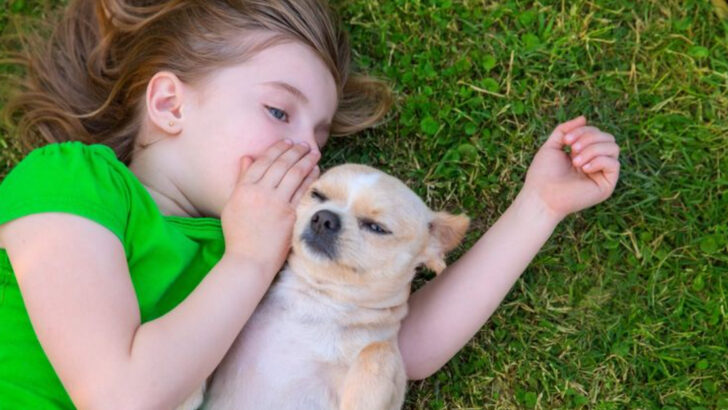Your dog might be smarter than your ex.
Seriously—while you’re fumbling for your keys or forgetting why you walked into the kitchen, your pup is reading your body language like a pro, predicting your next move, and figuring out how to get a treat without even barking.
These behaviors might look like everyday dog stuff—tilting their head, pawing at your leg, staring into your soul—but they’re actually clues. Big ones. Behind those floppy ears and wiggly butts? Sharp instincts, fast learning, and a whole lot of brainpower.
Forget the old “sit” and “stay.”
We’re talking emotional decoding.
Problem-solving.
Mind games.
Ready to see your furry friend in a whole new light? These 14 behaviors prove your dog isn’t just cute—they’re secretly a genius in a fur coat.
Understanding Human Emotions
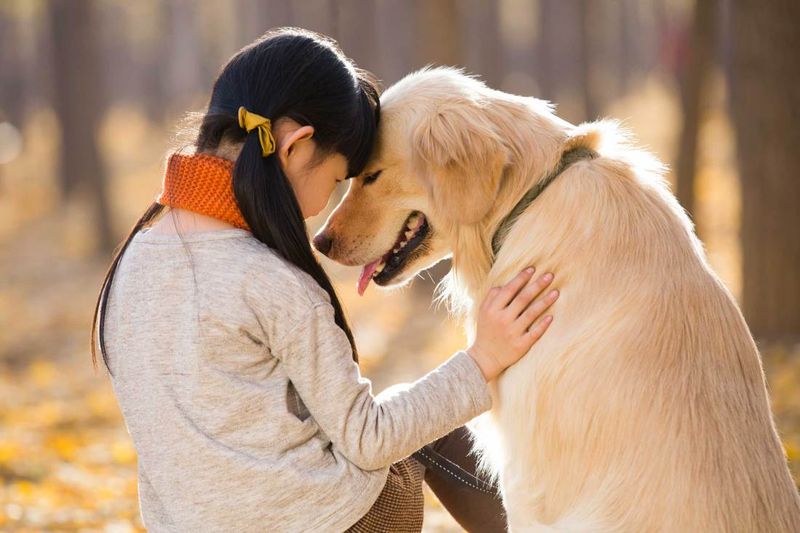
Dogs have an extraordinary ability to understand human emotions. You might have noticed your dog comforting you when you’re sad or celebrating with you when you’re happy.
This emotional intelligence is a sign of their deep connection with humans. Dogs can read facial expressions and body language, often responding with empathy.
Their ability to sense emotions isn’t just a coincidence; it’s a result of years of domestication and living closely with humans. It’s almost as if they have a built-in radar for our feelings, making them exceptional companions in both joy and sorrow.
Problem-Solving Skills

Ever watched your dog figure out how to open a door or find a hidden toy? That’s their problem-solving skills at play. Dogs love challenges and often use their brainpower to solve everyday puzzles.
Whether it’s learning new tricks or figuring out how to reach a treat, their cognitive abilities are remarkable. This talent showcases their ability to think, analyze, and act.
Such problem-solving behaviors are often encouraged through interactive toys and games, which stimulate their minds and make them even sharper thinkers.
Understanding Commands
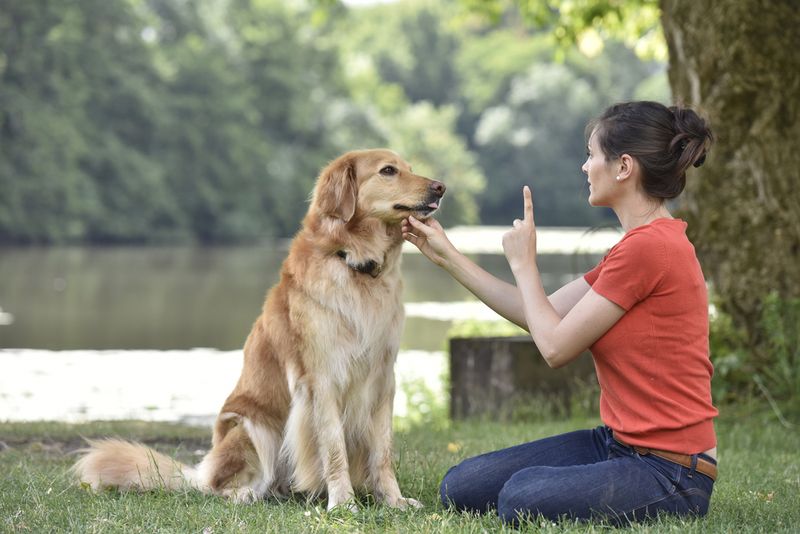
Dogs have an impressive ability to understand and respond to commands. Most dogs can learn basic commands like sit, stay, and come, but many can comprehend much more complex instructions.
Their capacity to understand language and respond accordingly is a testament to their intelligence. Training sessions not only teach commands but also strengthen the bond between you and your furry friend.
The more you communicate and practice with them, the more they understand, providing evidence of their learning abilities and adaptability.
Recognizing Themselves in a Mirror

Recognizing themselves in a mirror is a rare trait among animals, and some dogs can do it! While not all dogs pass the mirror test, those who do show a high level of self-awareness.
This fascinating behavior demonstrates their understanding of their own identity and existence. It’s not just about seeing another dog; it’s about recognizing the reflection as themselves.
Watching a dog interact with its reflection can be both entertaining and enlightening, giving us a glimpse into their perception of the world.
Predicting Events

Dogs often seem to have a sixth sense about predicting events. They might wait by the door just before you come home or prepare for a walk before you even pick up the leash.
This anticipation is not magic; it’s their ability to pick up on subtle cues and routines. Their keen sense of time and pattern recognition allows them to anticipate daily events, making them seem almost psychic to their human companions.
Communication with Humans
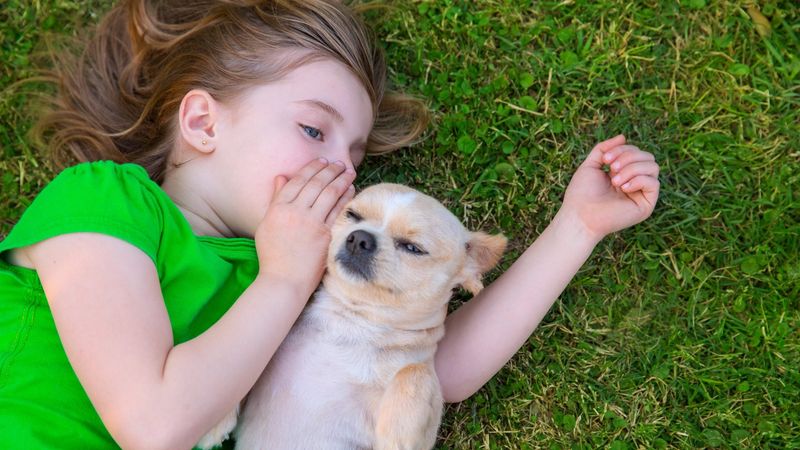
Dogs are masters of non-verbal communication, using body language, vocalizations, and even eye contact to convey their thoughts and needs.
This ability to communicate goes beyond barking; it includes a complex set of behaviors that reflect their desires and emotions. From wagging tails to expressive eyes, dogs have developed ways to interact with humans that are both subtle and profound.
Understanding their language strengthens the bond between you and your furry friend, creating a harmonious relationship built on mutual understanding.
Learning from Observation

Dogs are capable of learning by observing others, a trait shared with only a few intelligent species. If you’ve ever seen your dog watching another dog perform a trick and then trying it themselves, you’ve witnessed this learning process.
Observational learning reflects their ability to understand and replicate actions through attention and imitation. This skill not only highlights their intelligence but also their social nature, as they often learn from human and canine companions alike.
Adapting to New Situations

Adapting to new situations is a hallmark of intelligence, and dogs excel at it. Whether moving to a new home or adjusting to a new member of the family, dogs quickly adapt to changes in their environment.
This flexibility is part of what makes them such wonderful companions, as they can thrive in various settings. Their ability to learn and adjust demonstrates their keen awareness and cognitive skills, enabling them to handle life’s unpredictability with grace.
Memory and Recall

Dogs possess remarkable memory and recall abilities, often remembering specific locations and objects. Have you ever noticed your dog finding a toy they buried weeks ago?
This skill highlights their ability to store and retrieve information, a sign of their cognitive prowess. Memory plays a vital role in training, as dogs recall commands, tricks, and even people.
Their ability to remember reinforces the bond they share with their human companions, showcasing their intelligence and loyalty.
Empathy Towards Other Animals
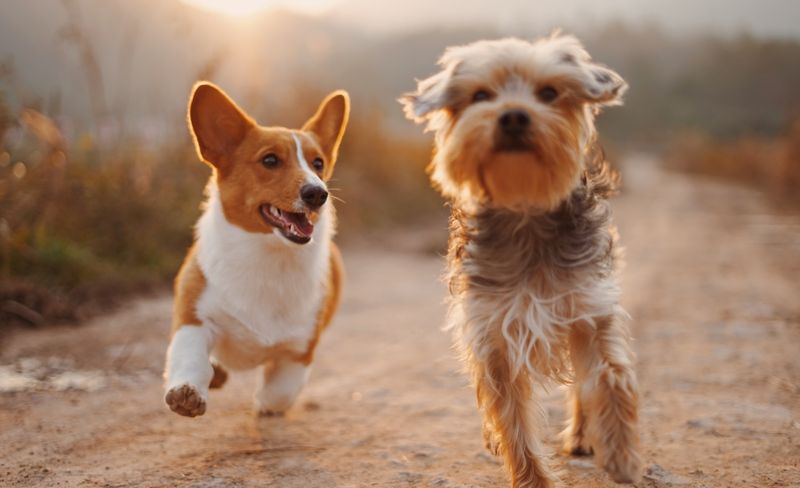
Dogs often show empathy not just towards humans, but other animals too. This empathy can be seen when a dog comforts a distressed cat or offers a toy to a sad fellow dog.
Their understanding and caring nature reflect a deep emotional intelligence, allowing them to build connections across species.
This empathetic behavior is not just heartwarming but also highlights their ability to recognize and respond to the emotions of others, making them truly remarkable companions.
Following Complex Routines

Dogs can learn to follow complex routines, demonstrating their ability to understand sequences and perform tasks in order. Whether it’s fetching the newspaper or turning off the lights, dogs enjoy routines that challenge their minds.
This ability to execute multiple tasks reflects their problem-solving skills and cognitive flexibility. Training dogs to perform such routines not only provides mental stimulation but also reinforces their role as helpful members of the household.
Using Tools
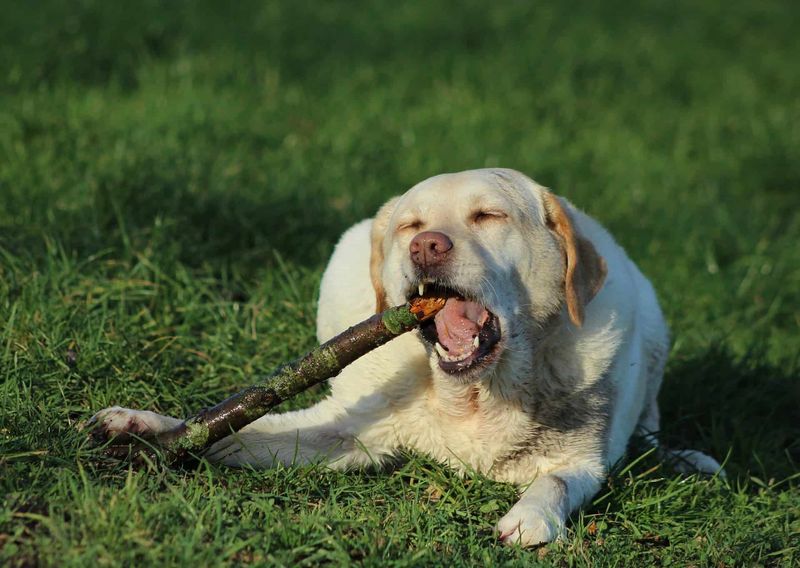
Using tools is a rare ability in the animal kingdom, and some dogs have mastered it. Whether using a stick to retrieve a toy or manipulating objects with their paws, tool use showcases their innovative thinking.
This behavior highlights their ability to plan and execute actions to achieve a goal. Encouraging this creativity through play and exploration enhances their problem-solving skills and enriches their daily life, making it a delightful aspect of their intelligence.
Understanding Human Gestures
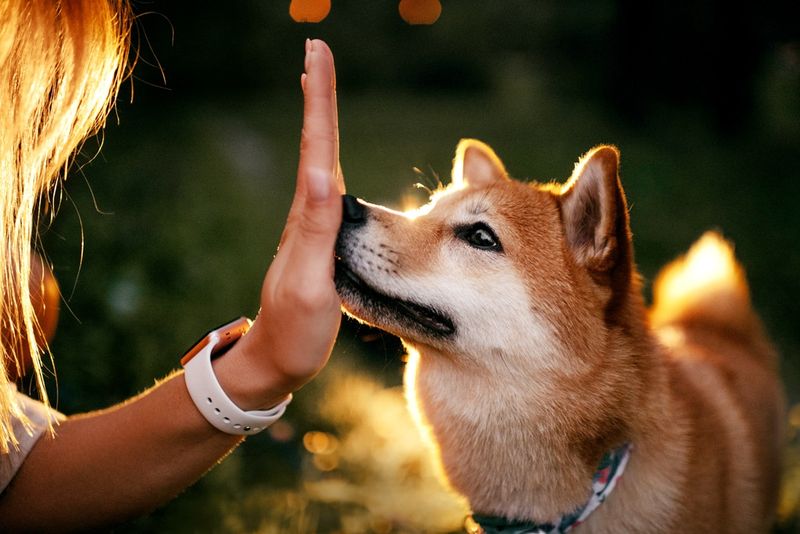
Dogs are adept at understanding human gestures, such as pointing or waving. This comprehension goes beyond basic commands, reflecting their ability to interpret non-verbal cues.
By recognizing gestures, dogs can respond to directions and interact with their environment more effectively. This understanding reinforces their role as intuitive companions, capable of forming deep connections based on mutual communication and trust.
Navigating the Environment

Navigating the environment with skill and precision showcases a dog’s intelligence. Whether it’s maneuvering through an agility course or finding their way home, dogs possess a keen sense of direction and spatial awareness.
These abilities reflect their problem-solving skills and adaptability, allowing them to navigate both familiar and unfamiliar terrains.
Their natural curiosity and determination make them exceptional explorers, always ready to face new challenges with enthusiasm.

